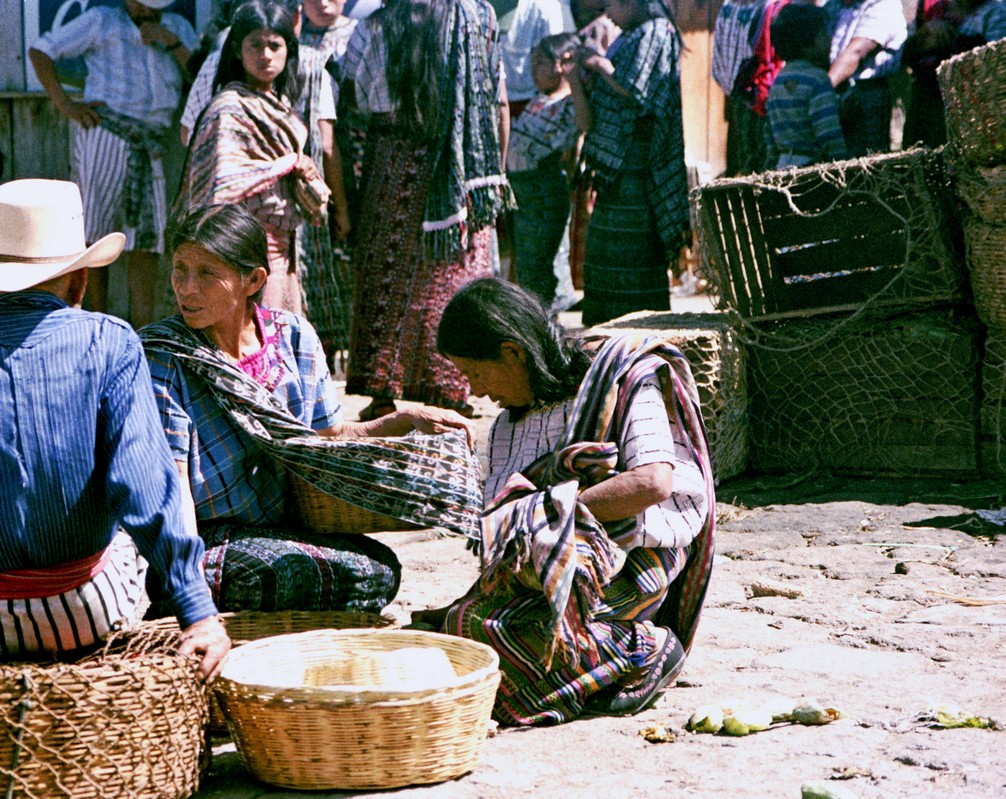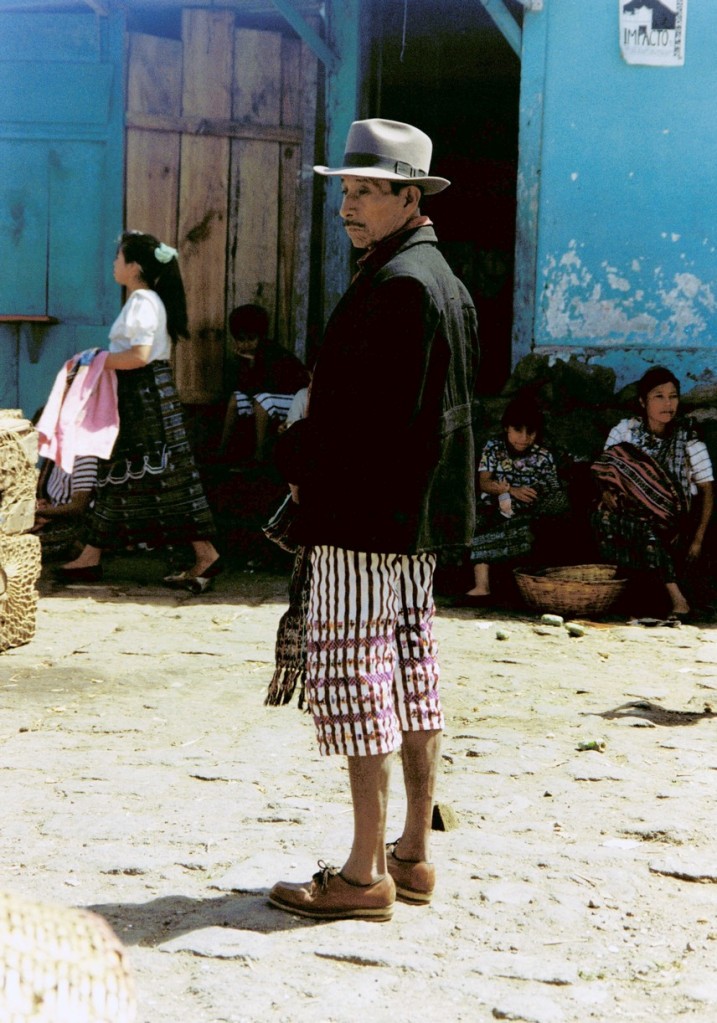The Tz’utujil (Tzutujil, Tzutuhil, Sutujil) are a Native American people, one of the 21 Maya ethnic groups that dwell in Guatemala. Together with the Xinca, Garífunas (Black Caribs) and the Ladinos, they make up the 24 ethnic groups in this relatively small country. Approximately 100,000 Tz’utujil live in the area around Lake Atitlán. Their pre-Columbian capital, near Santiago Atitlán, was Chuitinamit. In pre-Columbian times, the Tz’utujil nation was a part of the ancient Maya civilization.
The Tz’utujil are noted for their continuing adherence to traditional cultural and religious practices. Evangelical Protestantism and Roman Catholicism are also practiced among them. They speak the Tz’utujil language, a member of the Mayan language family.
The Tz’utujil date from the post-classic period (circa 900-1500) of the Maya civilization, inhabiting the southern watershed of Lake Atitlán, in the Solola region of the Guatemalan highlands.
Today they dwell in the towns of San Juan La Laguna, San Pablo La Laguna, San Marcos La Laguna, San Pedro La Laguna, Santiago Atitlán, Panabaj, Tzanchaj (believed to have been the inspiration, because of its similar sound, for the name “Santiago”), and a very few in San Lucas Tolimán, although they used to inhabit a much wider region. In 1523 the Spanish conquistador Pedro de Alvarado, with the help of the Kaqchikel Maya, defeated them in a battle close to the town of Panajachel in which they lost a portion of their lands, and the control of the lake.
In 2005, several hundred Tz’utujil died in the mudslides caused by Hurricane Stan. From Panabaj and Tzanchaj, rescuers recovered 160 bodies, while 250 remained missing from both towns.
(Pictures taken in 1993)












2 gedachtes over “Tz’utujil (Guatemala)”